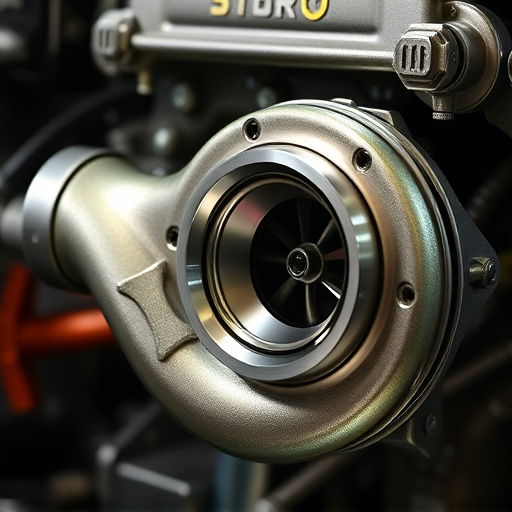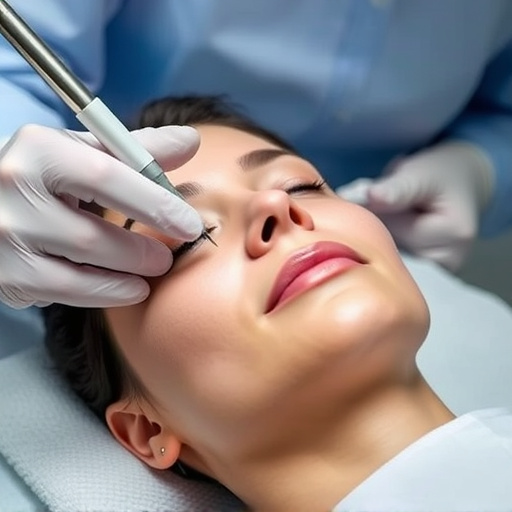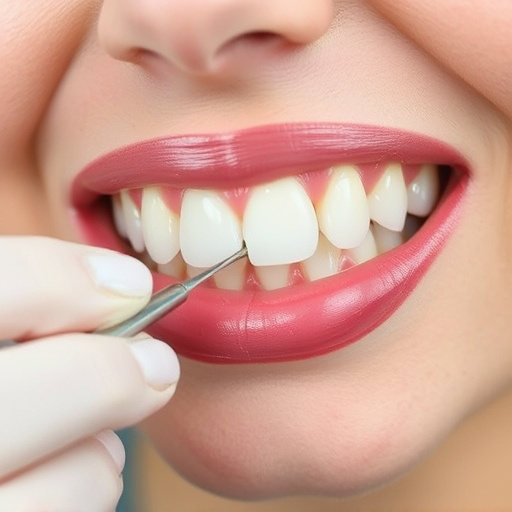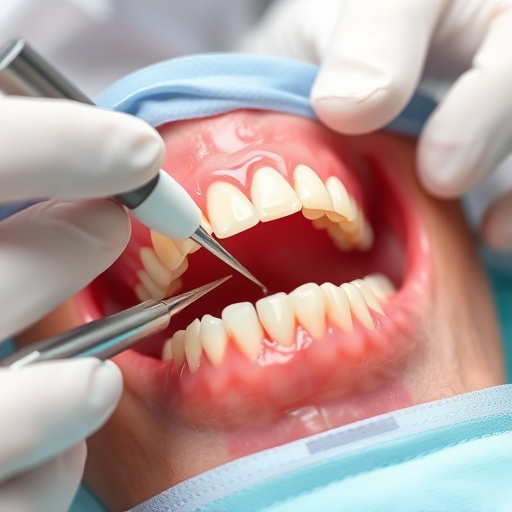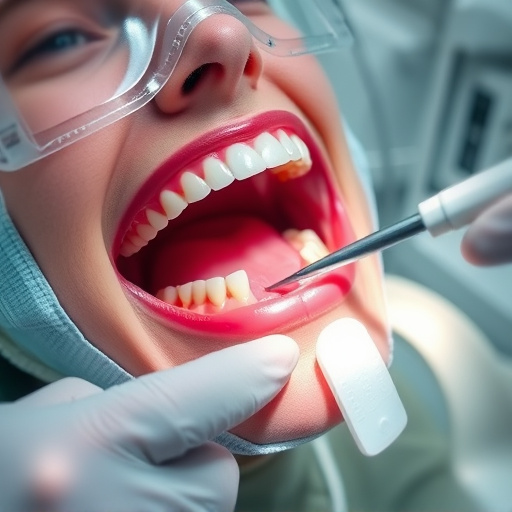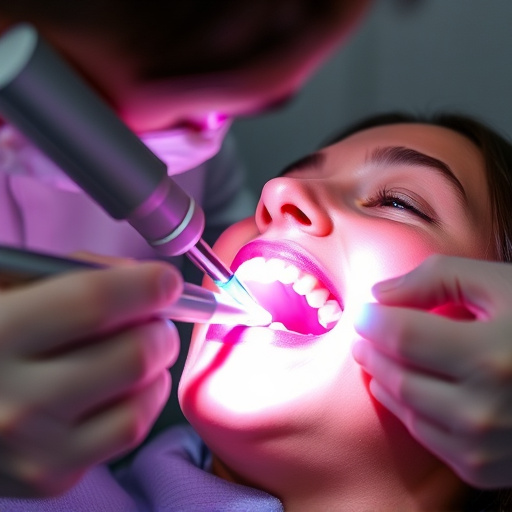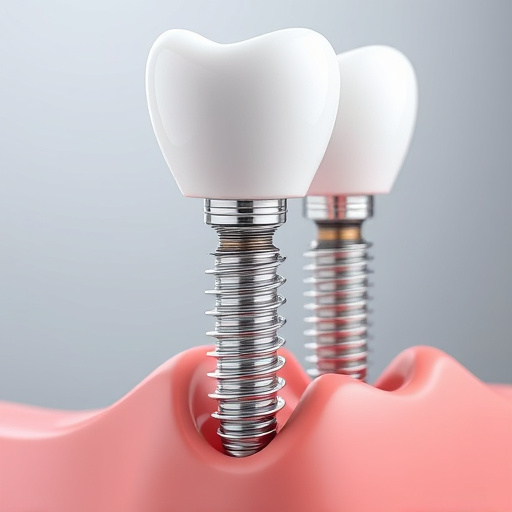3D dental imaging has transformed dentistry by providing detailed 3D models of oral structures, surpassing traditional 2D X-rays. This technology enhances precision in diagnoses and treatment planning for various procedures, from cosmetic fillings to dental implants. It minimizes errors, improves patient outcomes, and aids in complex cases like bonding and impacted wisdom teeth, revolutionizing family dentistry and emergency care.
“Revolutionize your dental practice with the power of 3D dental imaging—a game-changer that’s reducing guesswork in treatment. This advanced technology offers a comprehensive view of teeth and jaws, enabling dentists to enhance precision and improve patient outcomes. By uncovering complex dental structures, 3D imaging minimizes mistakes, ensures accurate diagnoses, and fosters better care. Explore how this innovative tool is transforming dental care, from initial assessments to final results.”
- Enhancing Precision: How 3D Imaging Transforms Dental Care
- Uncovering Complexities: Visualizing Teeth and Jaws Thoroughly
- Improving Outcomes: Reduced Mistakes and Enhanced Patient Care
Enhancing Precision: How 3D Imaging Transforms Dental Care
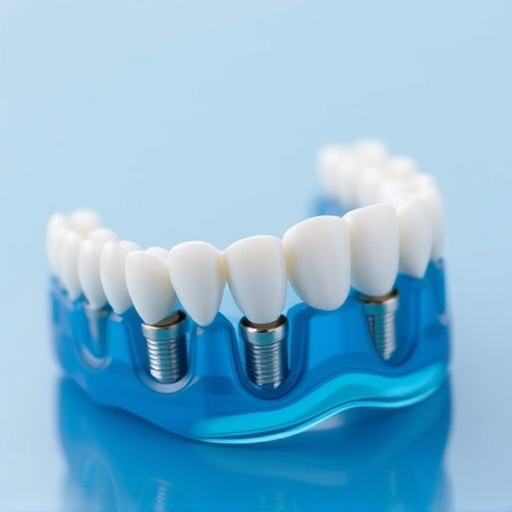
The introduction of 3D dental imaging has revolutionized the way general dentistry practices are conducted, bringing a new level of precision to various procedures. This advanced technology goes beyond traditional 2D X-rays by providing detailed, three-dimensional models of the mouth and teeth. With this, dentists can now visualize tooth structures, gum lines, and jawbones with unprecedented clarity.
3D imaging plays a pivotal role in enhancing the accuracy of diagnoses and treatment planning. For instance, in cosmetic fillings or teeth cleaning procedures, it allows dental professionals to identify subtle issues that might be missed otherwise. This level of detail ensures treatments are tailored to each patient’s unique needs, leading to better outcomes and increased confidence for both dentist and patient.
Uncovering Complexities: Visualizing Teeth and Jaws Thoroughly
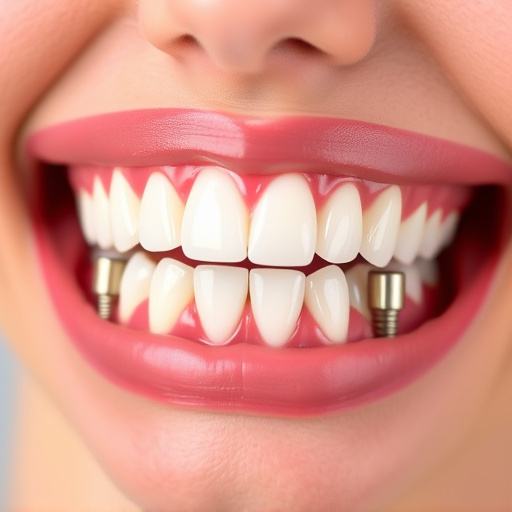
In the realm of family dentistry, 3D dental imaging has emerged as a game-changer, offering unprecedented precision and clarity in visualizing teeth and jaws. This advanced technology goes beyond traditional two-dimensional X-rays, providing detailed, three-dimensional models that reveal intricate details of oral structures. Dentists can now thoroughly assess complex cases, such as dental bonding for chips or cracks, and plan treatments with unparalleled accuracy.
With 3D imaging, conditions like impacted wisdom teeth or bone density issues become more manageable. This technology also aids in the placement of dental implants, ensuring proper alignment and integration. By uncovering these complexities through detailed visualization, dentists can tailor treatment plans to individual needs, leading to better outcomes for patients.
Improving Outcomes: Reduced Mistakes and Enhanced Patient Care
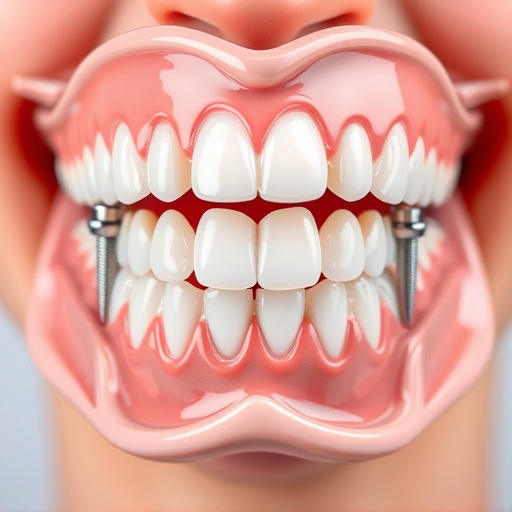
The adoption of 3D dental imaging technologies has significantly improved outcomes in dental treatment by reducing mistakes and enhancing patient care. This advanced form of visualization allows dentists to gain a more accurate and detailed understanding of a patient’s oral structures, which is crucial for planning complex procedures. By providing three-dimensional models of teeth, gums, and surrounding bone, 3D imaging minimizes the guesswork often associated with traditional two-dimensional X-rays.
This level of precision enables dentists to make more informed decisions, leading to better placement of dental implants, precise preparation for cosmetic fillings, and enhanced accuracy during routine oral exams. As a result, patients benefit from reduced risks of complications, faster recovery times, and overall improved treatment outcomes. Moreover, 3D imaging can aid in emergency dental care situations, where quick diagnosis and effective treatment planning are paramount.
3D dental imaging is revolutionizing oral healthcare by providing dentists with a comprehensive, accurate view of teeth and jaw structures. By eliminating much of the guesswork involved in traditional treatments, this advanced technology ensures enhanced precision, reduces errors, and ultimately improves patient outcomes. Embracing 3D imaging as a standard practice allows dentists to offer more effective and personalized care, setting new benchmarks for oral health management.
